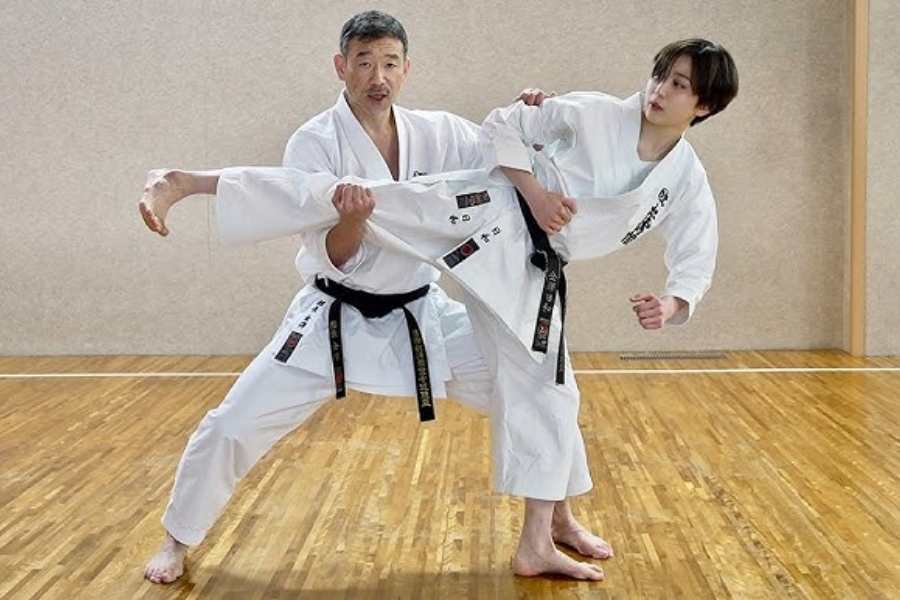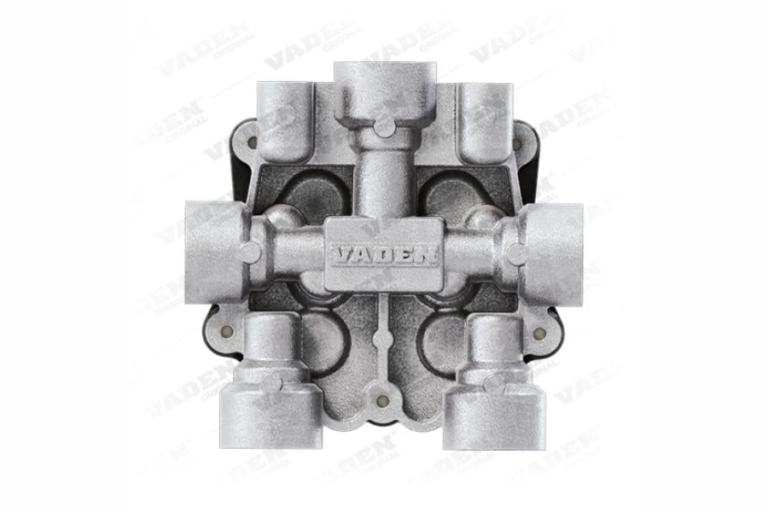A Comprehensive Guide to Stepping Back in Jiyuu Ippon Kumite: Essential Insights for Karate Practitioners
One common question among karate students practicing sparring techniques is whether to step back in Jiyuu Ippon Kumite. This decision affects both beginners and advanced karateka, shaping their control over distance, timing, and strategy. This guide will examine Jiyuu Ippon Kumite from multiple perspectives and help you decide if stepping back is the right choice for your style and scenario.
Understanding Jiyuu Ippon Kumite
Jiyuu Ippon Kumite is a semi-free sparring technique in karate, bridging the gap between the structured one-step sparring and completely free kumite. It focuses on honing reflexes, timing, and distance management within a controlled attack-defend framework. In this drill, one practitioner initiates an attack, and the other defends, countering with a well-timed response.
Stepping Back: When and Why
The decision to step back in Jiyuu Ippon Kumite involves understanding several crucial elements:
- Maintaining Distance: When an opponent moves in quickly, stepping back can create the necessary space to defend more effectively, especially if the attacker has a reach advantage.
- Gaining Time: For those still developing their timing, stepping back offers a moment to better perceive and react to the opponent’s move.
- Creating Angles: Stepping back can also include slight lateral movement, shifting angles to make it harder for the opponent to maintain direct pressure.
When Avoiding a Step Back Is Advantageous
Stepping back isn’t always optimal. Here are situations where other tactics may be more effective:
- Counterattacks: More advanced practitioners sometimes prefer advancing into the attack, disrupting the opponent’s flow by taking control of the space.
- Holding Ground: Constantly stepping back may convey a defensive mindset, potentially emboldening the opponent.
- Preserving Power: Moving backward can reduce the power of a counterattack due to the shift in body weight. For powerful counters, a well-timed step forward can have a greater impact.
Essential Elements in Jiyuu Ippon Kumite
- Distance (Maai): Mastering distance helps control the range of engagement and enhances decision-making, whether to evade, counter, or stand ground.
- Timing (Sen): Depending on your reaction speed, you may step back, stay still, or intercept the opponent’s attack.
- Angles and Footwork: Lateral movement and angular footwork provide options beyond just stepping back, improving counterattack readiness.
- Psychological Tactics: Your movements can affect the mental dynamic; stepping in might signal confidence, while repeated backsteps can reveal hesitation.
How Different Karate Styles Approach Stepping Back
Karate’s diverse styles bring unique interpretations to Jiyuu Ippon Kumite.
- Shotokan: Known for long stances, Shotokan often incorporates backward steps to maintain distance for counterattacks.
- Goju-Ryu: This close-range style emphasizes lateral or forward movement over stepping back, enhancing counters.
- Shito-Ryu: Combining linear and circular movement, Shito-Ryu may involve stepping back with an angle to create new openings.
- Wado-Ryu: With its focus on evasive movements, Wado-Ryu utilizes circular footwork over direct backward steps for dynamic positioning.
Effective Defensive Strategies
- Observe Your Opponent: Recognizing patterns in your opponent’s movement can inform your choice to step back or hold your ground.
- Pair Footwork with Defense: Use footwork combined with blocking techniques to create a robust defensive structure.
- Turn Defense into Offense: Transition smoothly from defense to counterattack, using your step back as a foundation for an immediate response.
- Balance Relaxation and Alertness: A calm yet ready posture supports quick reactions and well-timed movements.
Practicing and Perfecting the Step Back
Consistent practice is key to mastering the step back in Jiyuu Ippon Kumite. Here are effective ways to improve:
- Start with Drills: Basic drills on stepping back while blocking and countering develop control.
- Incorporate Angles: Once comfortable, add lateral movement, creating different angles to enrich your defensive options.
- Progress Gradually: Increase speed and intensity over time, simulating real sparring conditions.
- Work with Different Partners: Practice with a variety of sparring partners to refine adaptability.
- Review Your Moves: Recording sparring sessions helps identify improvement areas and patterns in movement.
Conclusion
In Jiyuu Ippon Kumite, the choice to step back is a strategic decision shaped by timing, distance, style, and intent. While stepping back offers distance and safety, it should be balanced with lateral and forward movements to avoid predictability. With practice and a tactical mindset, you can enhance your defensive flexibility and control over sparring dynamics.
Stay informed with the latest tech news and reviews at bee bom.






